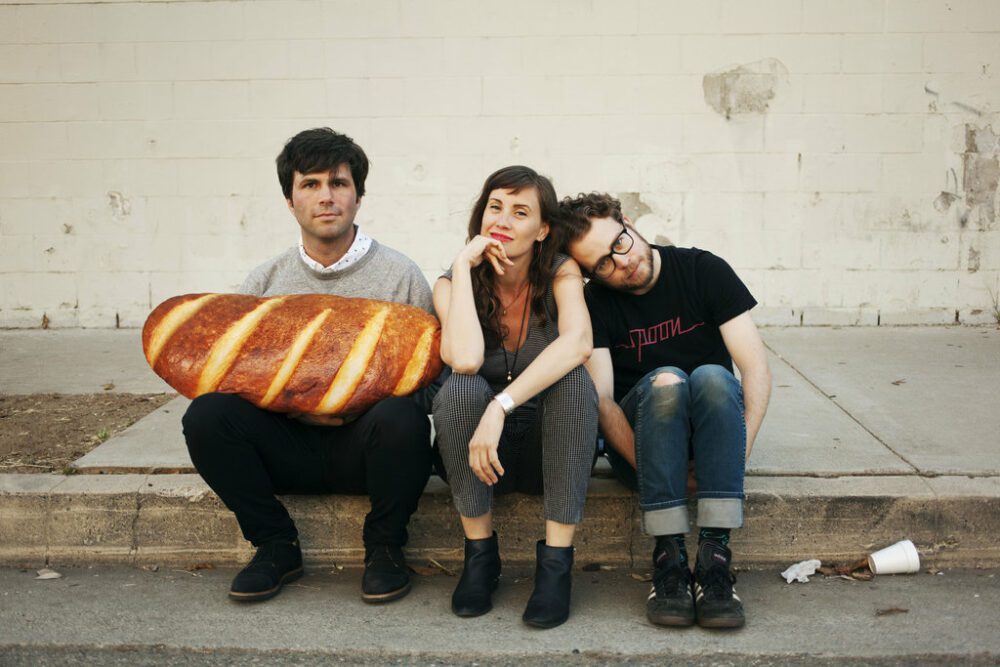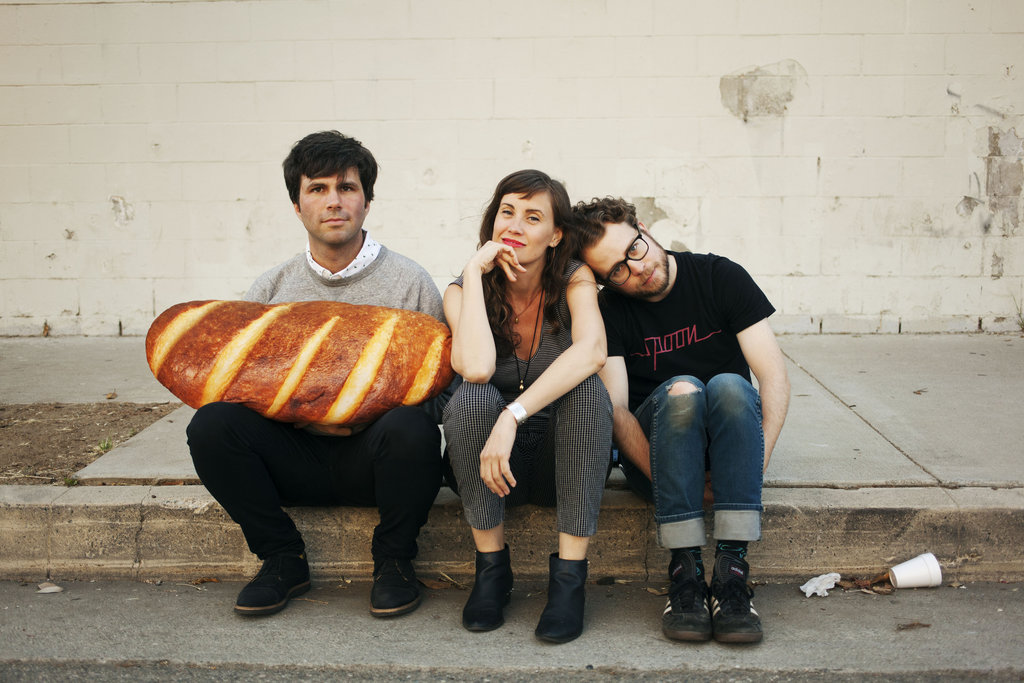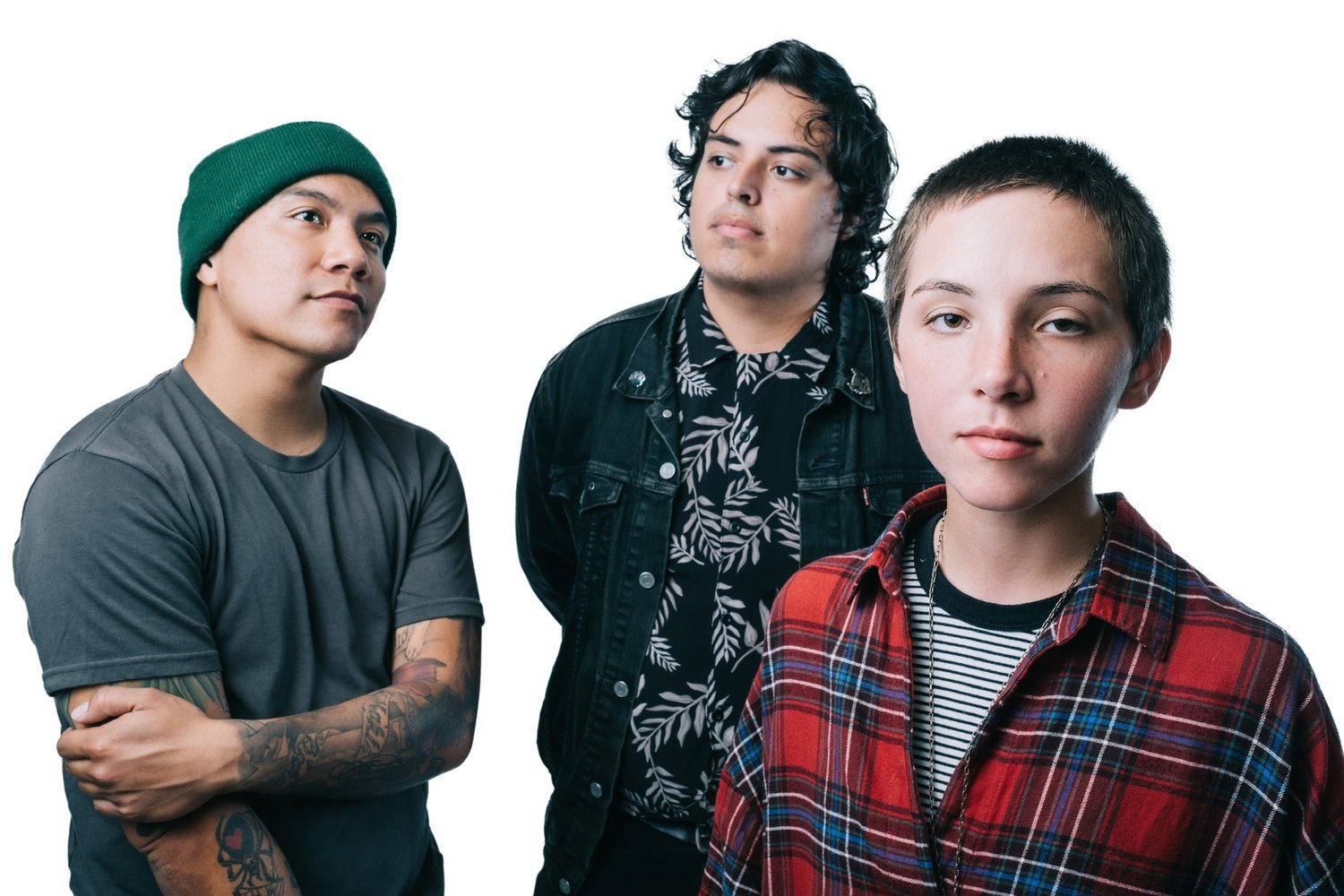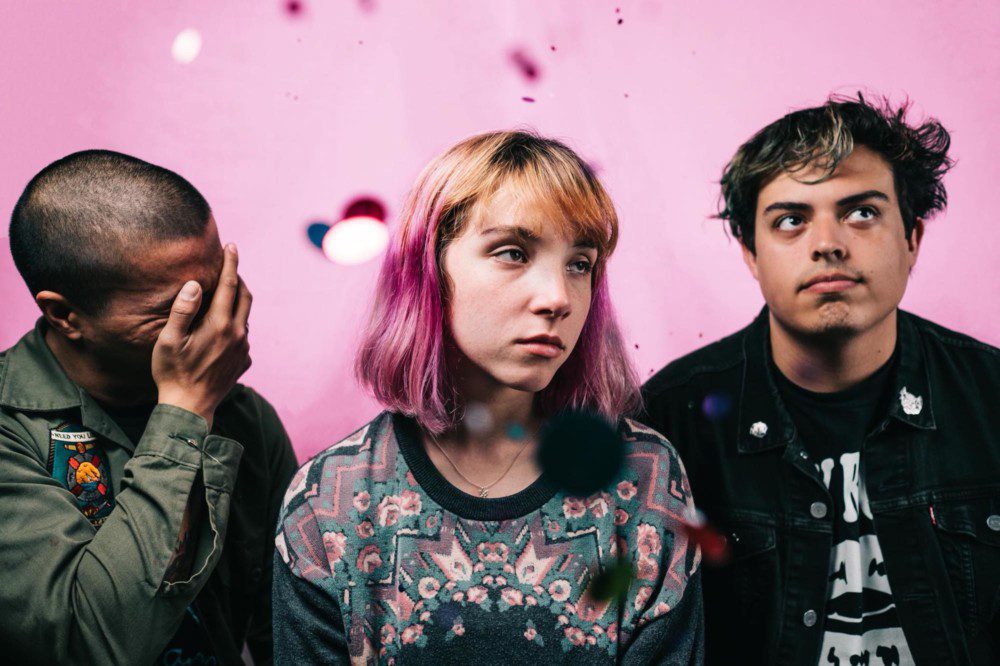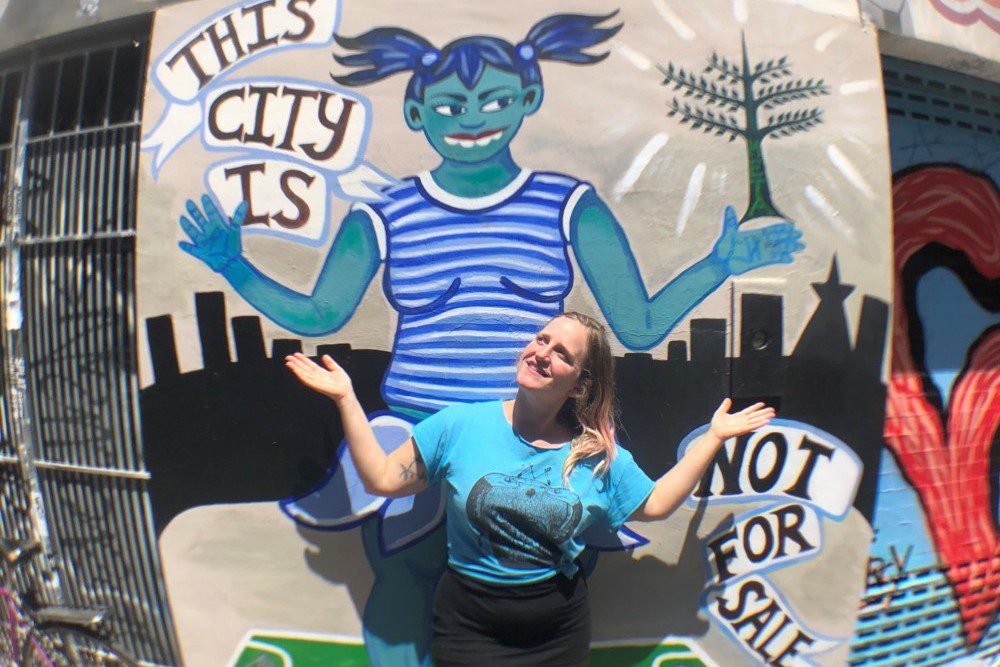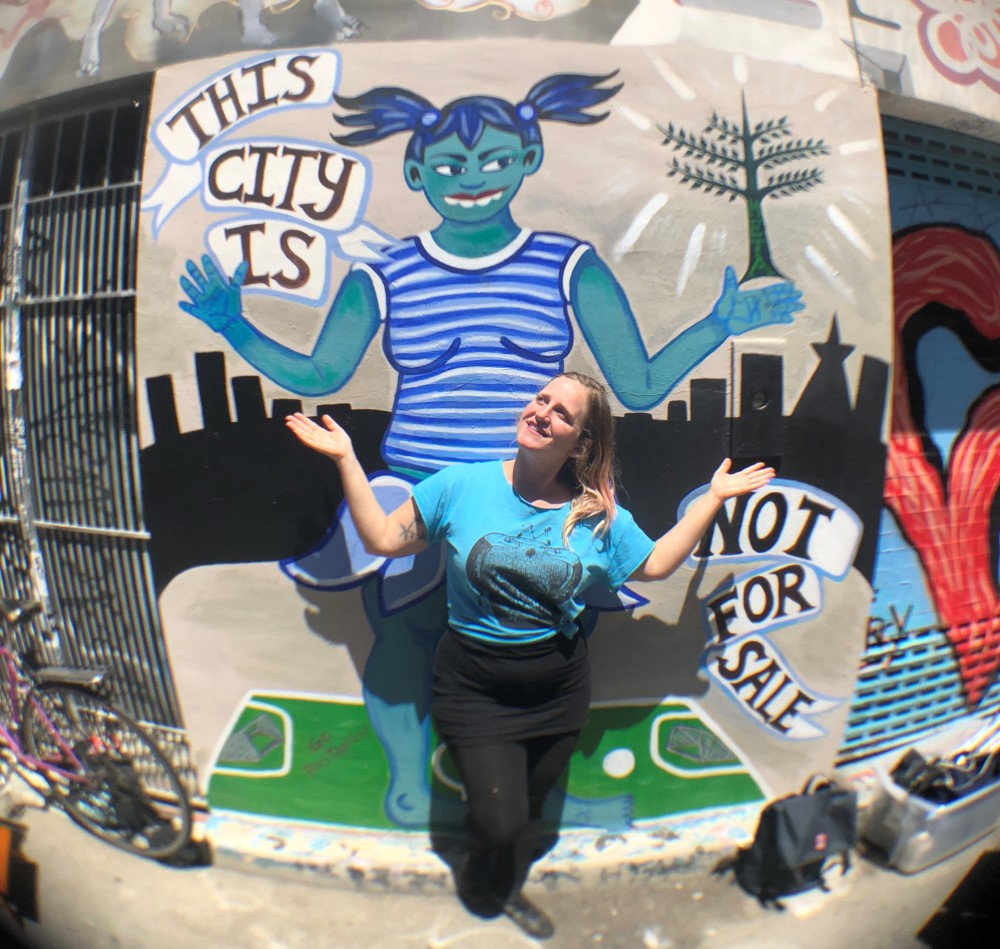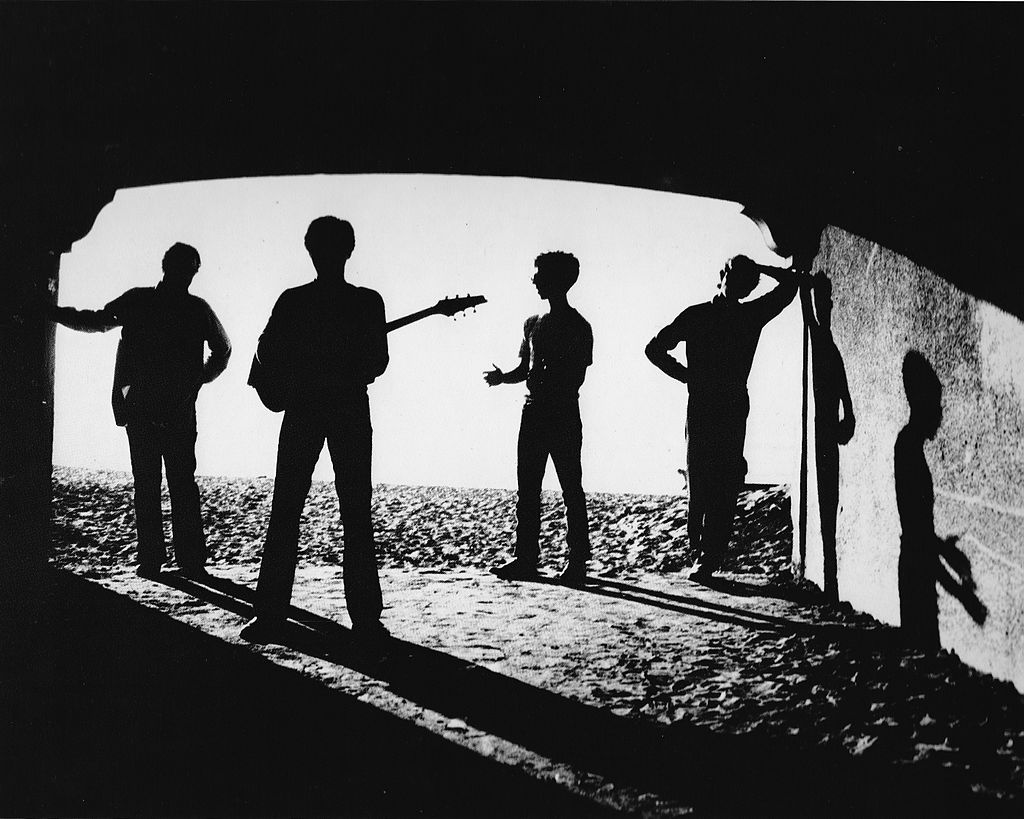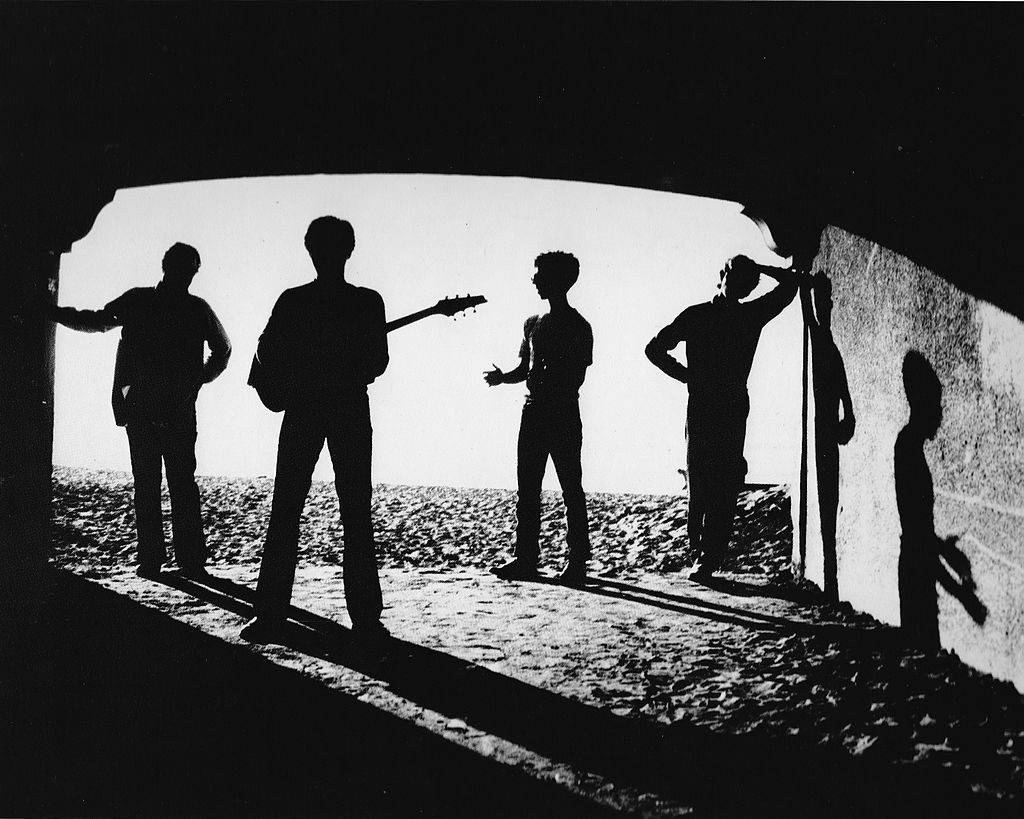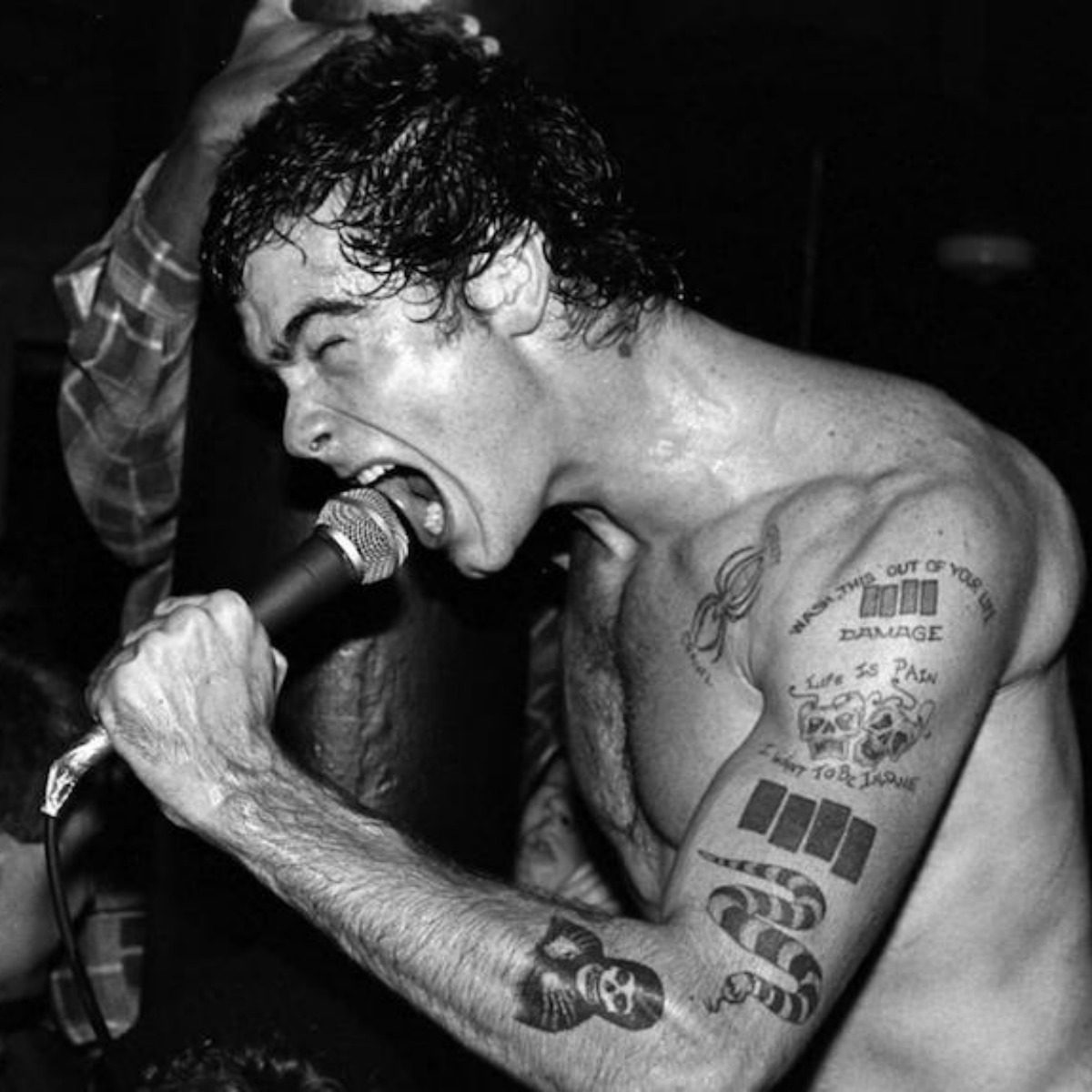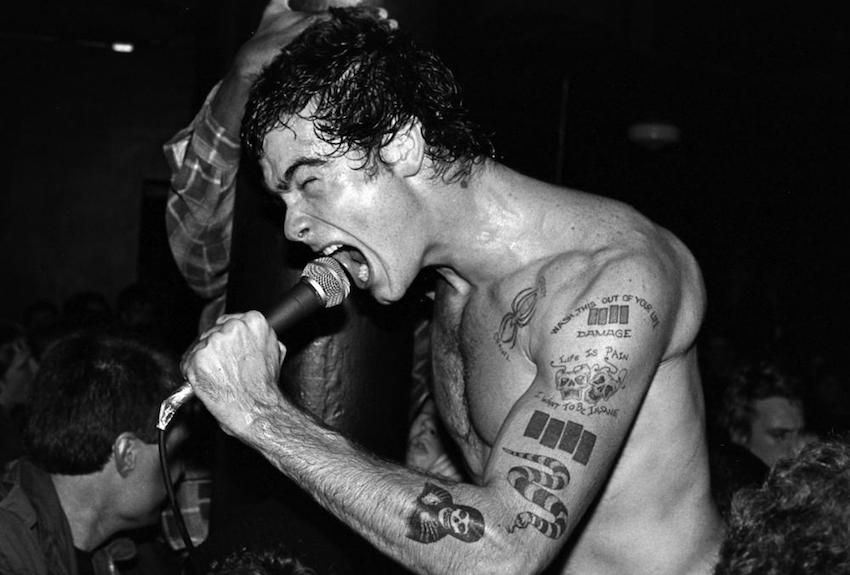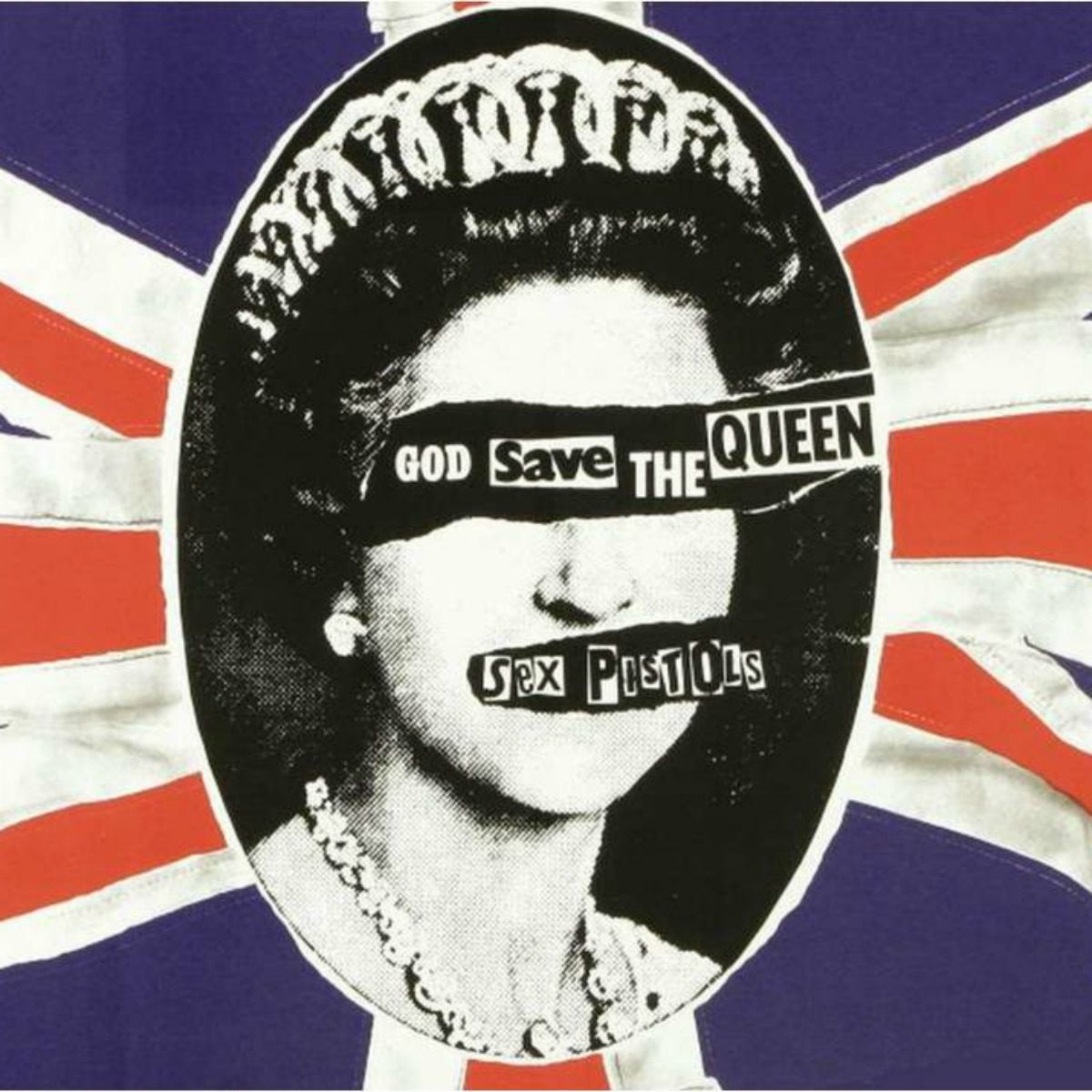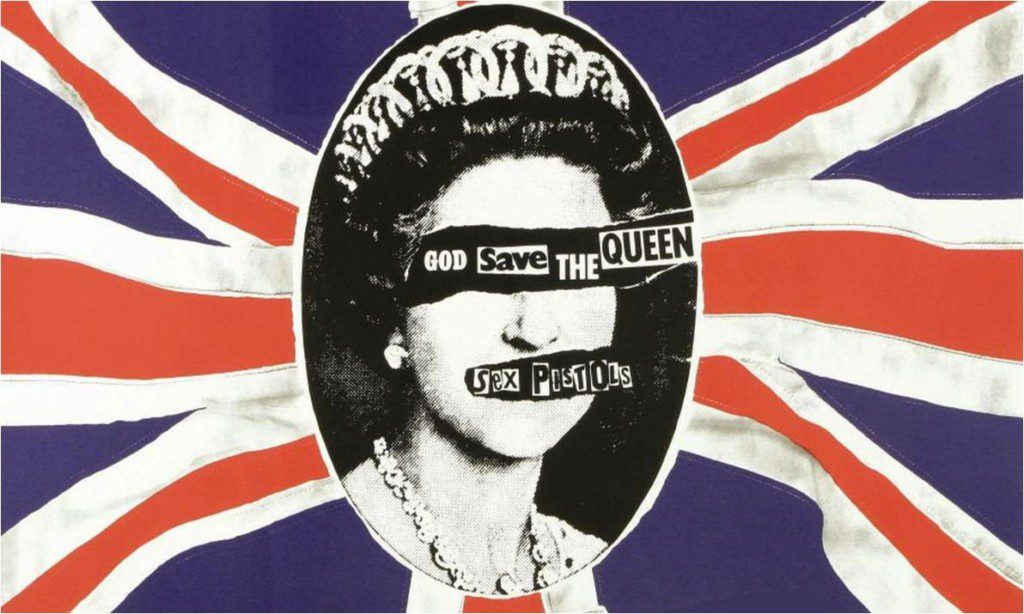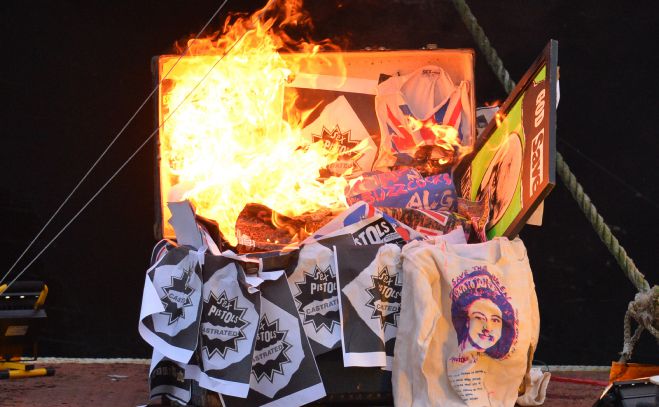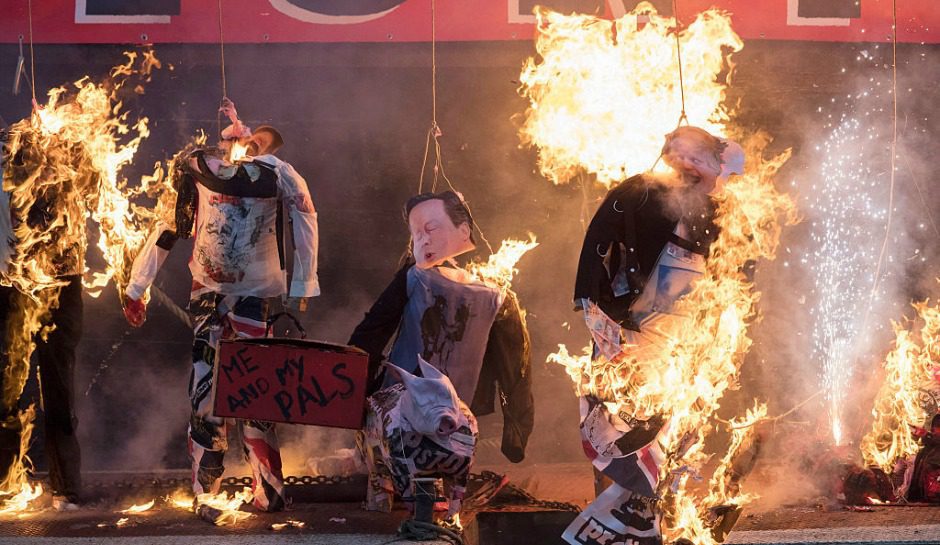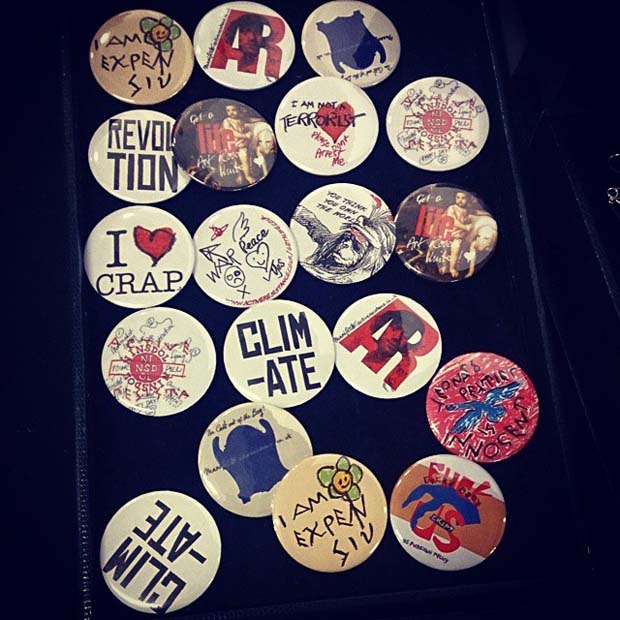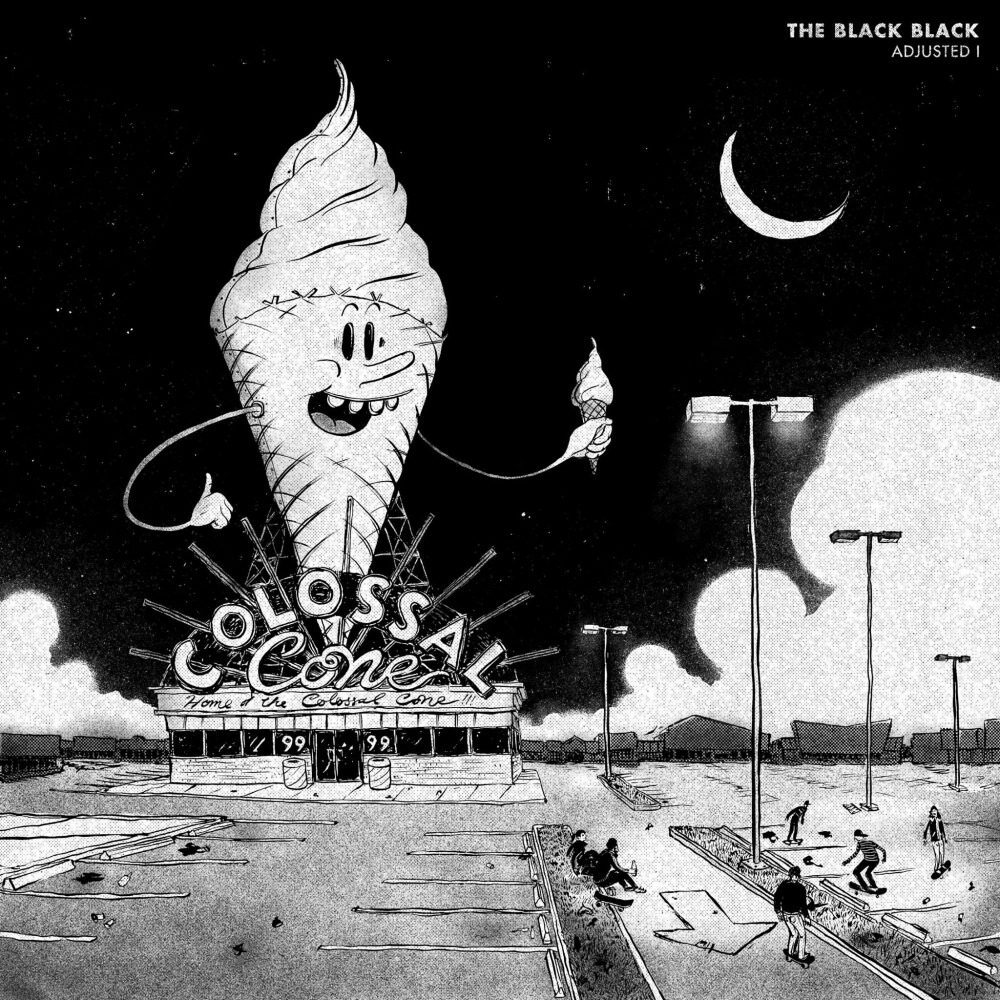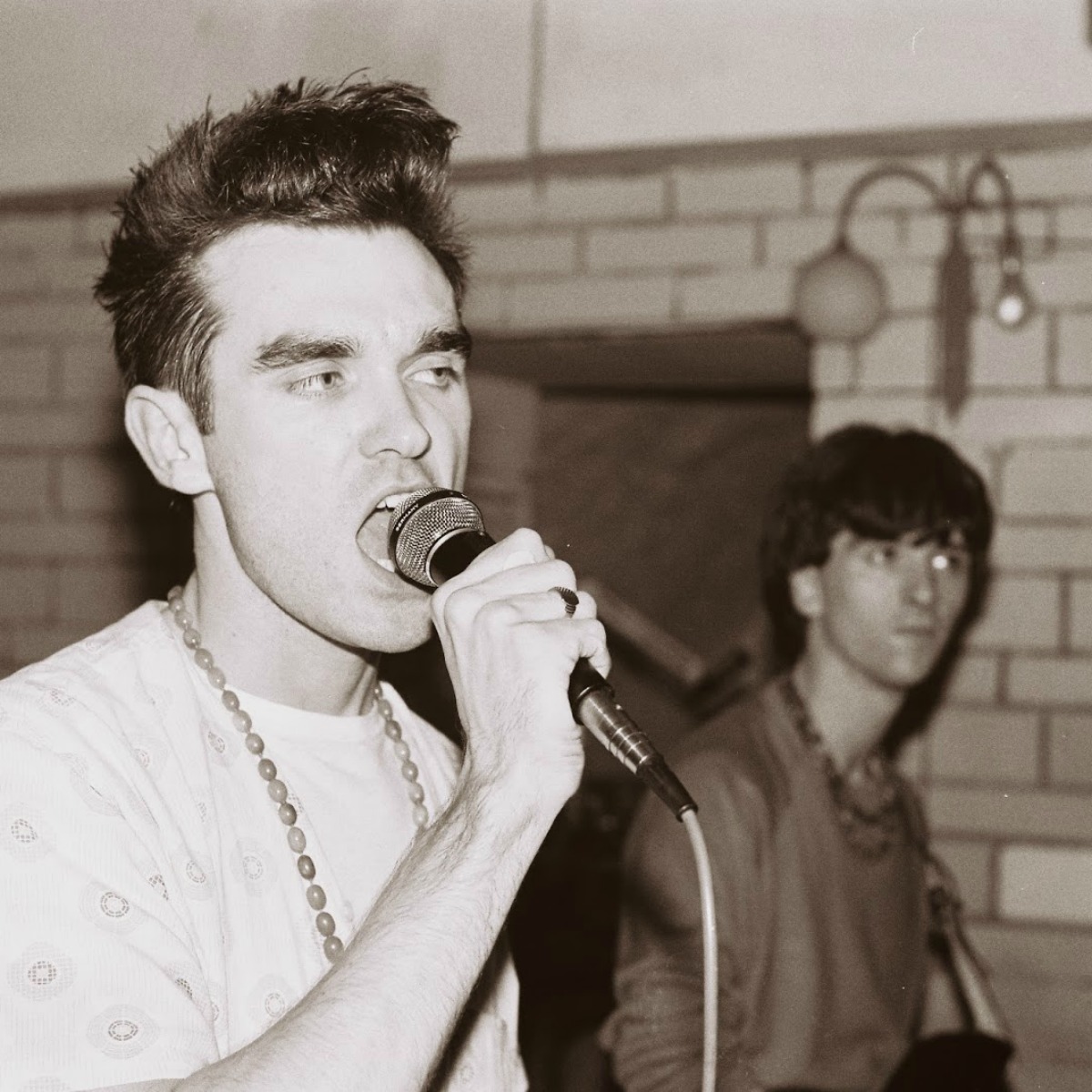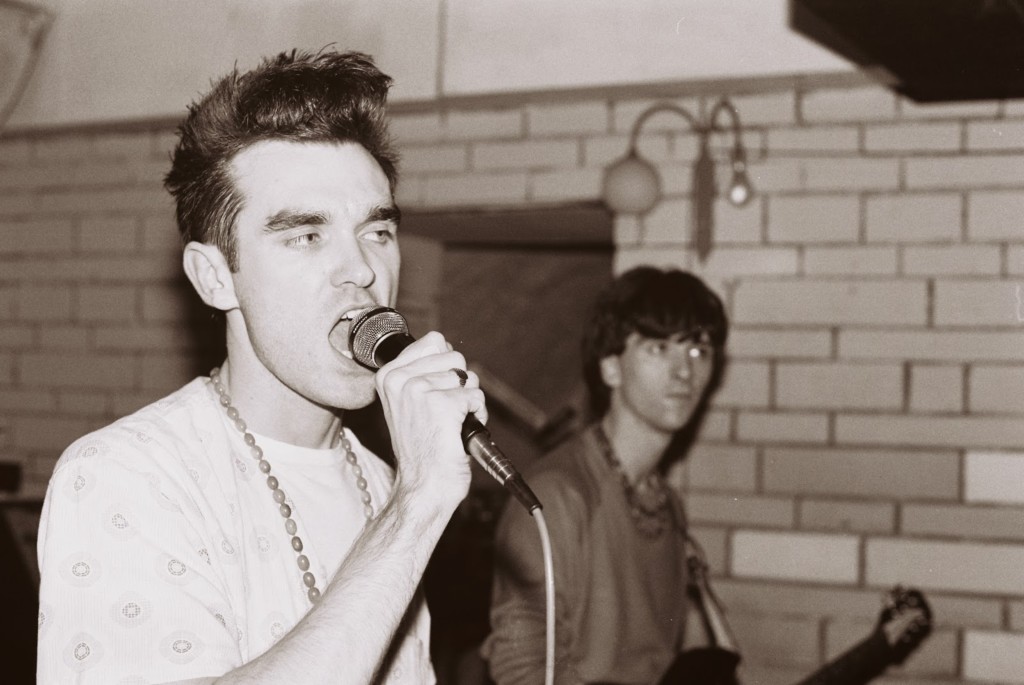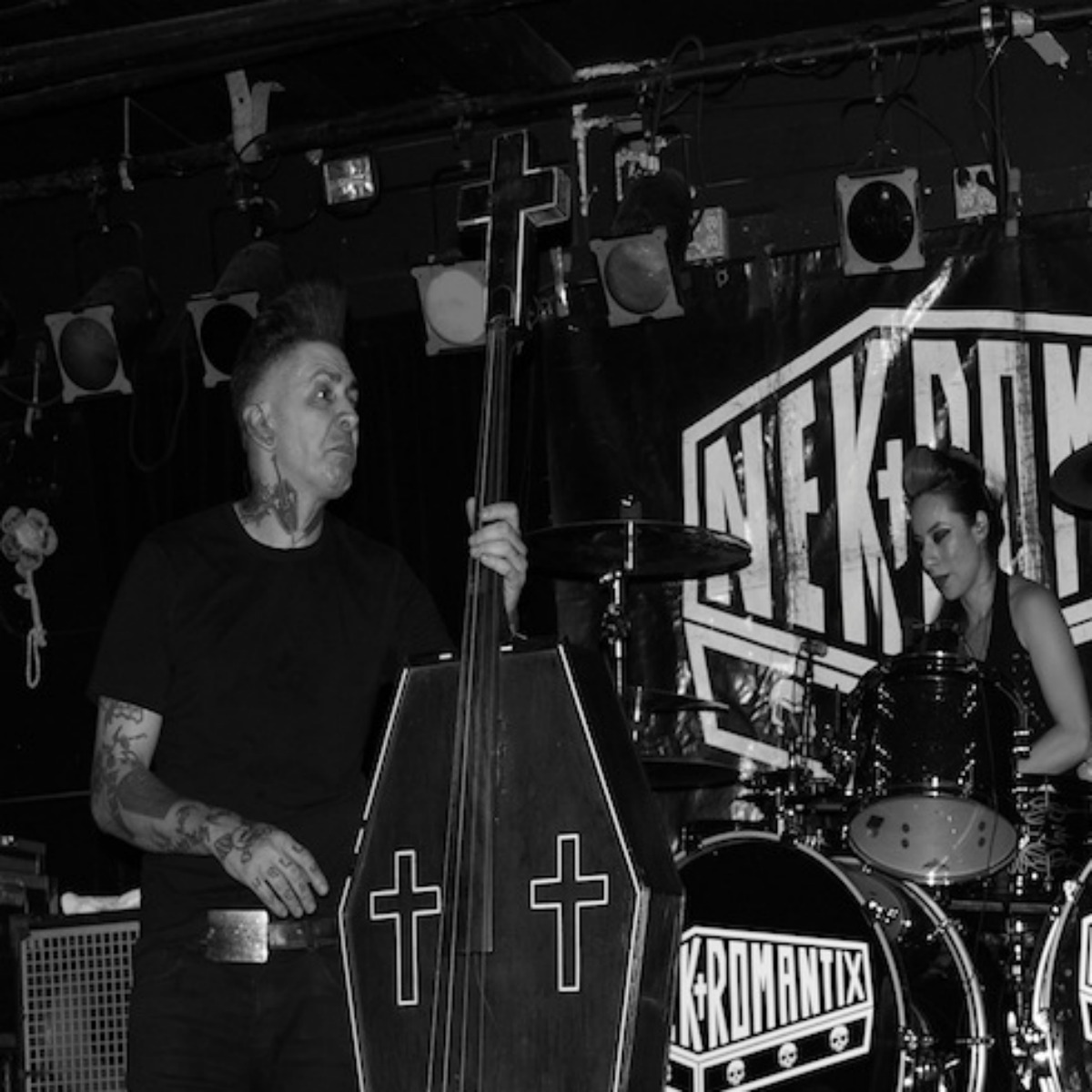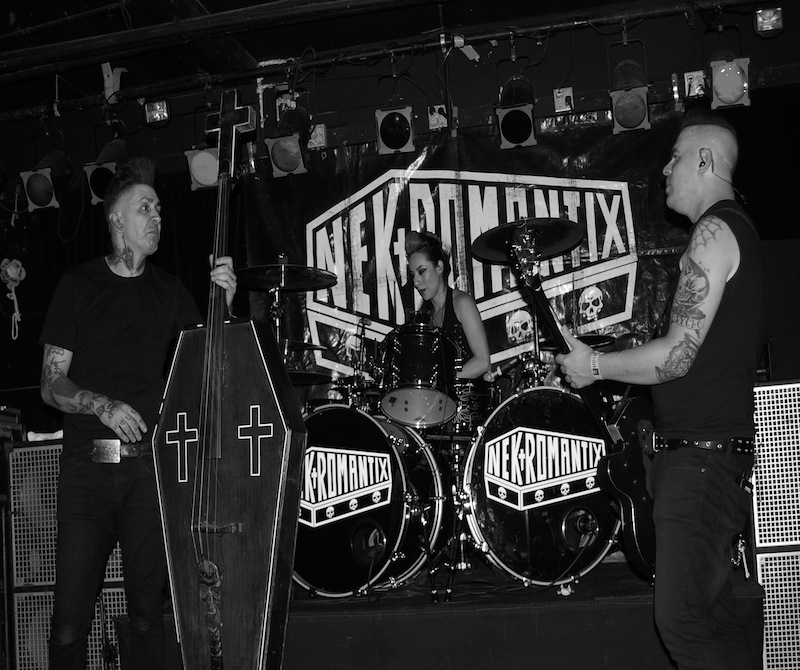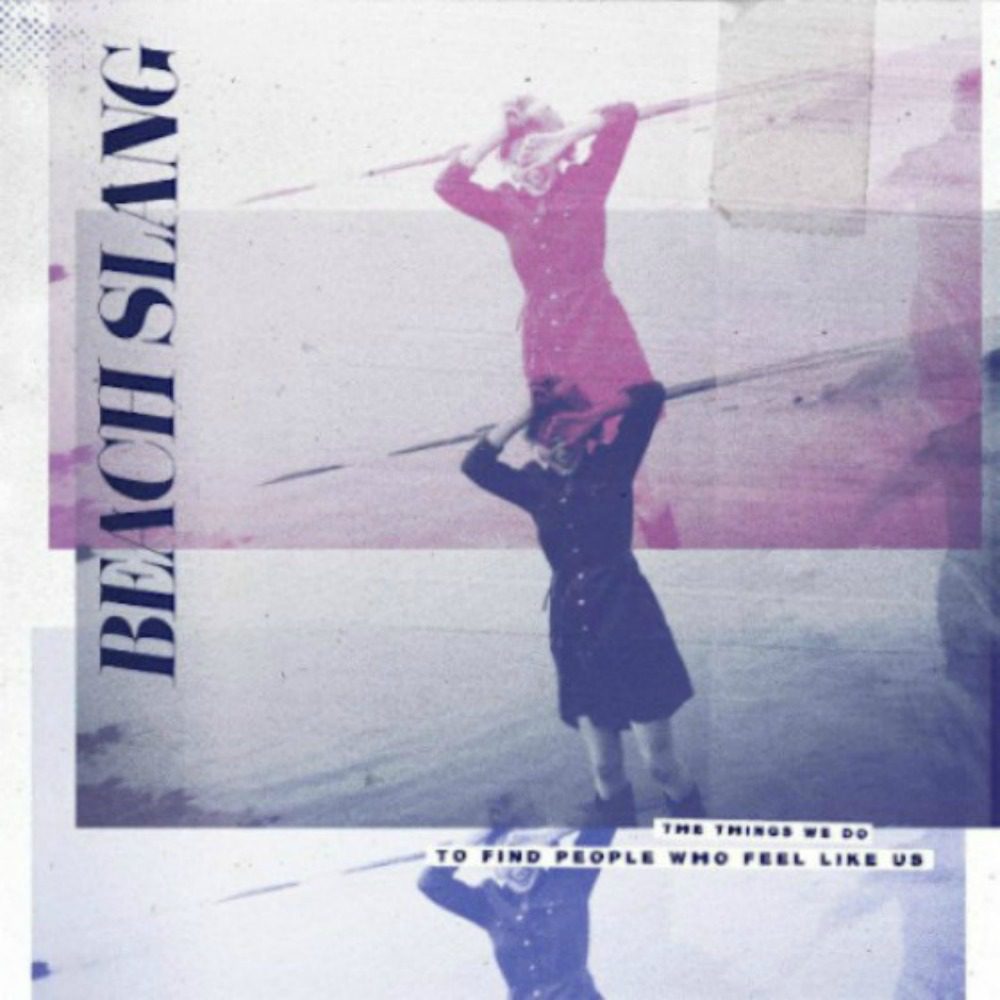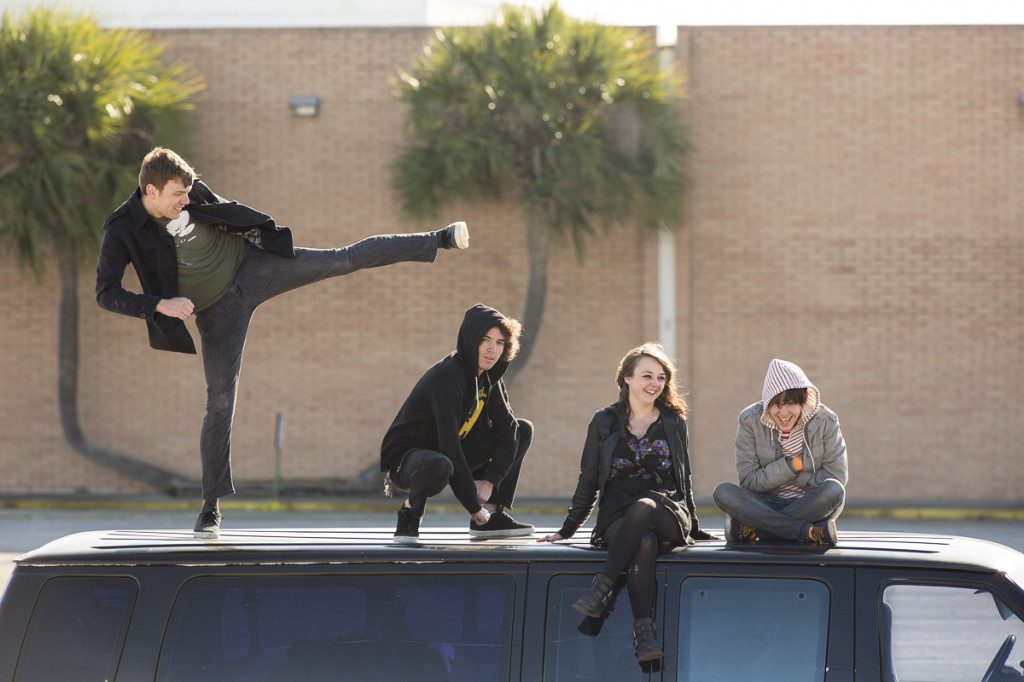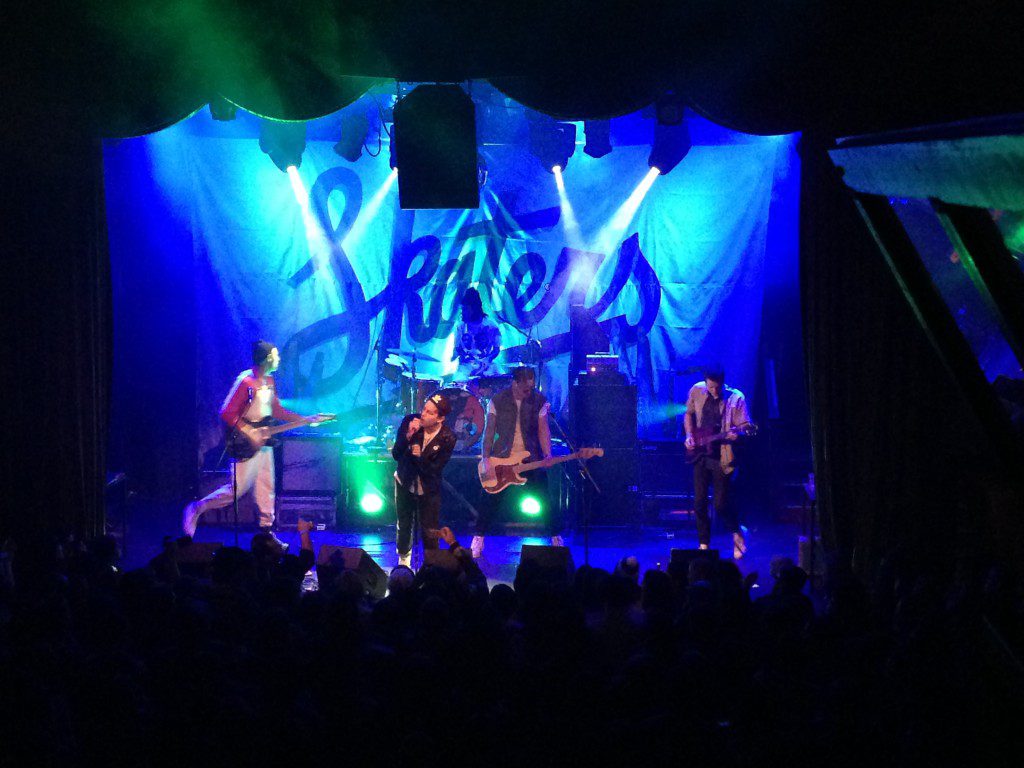Brisbane Trio The Disgruntled Taxpayers Transform Old-School Aussie Punk Into Modern Anthems
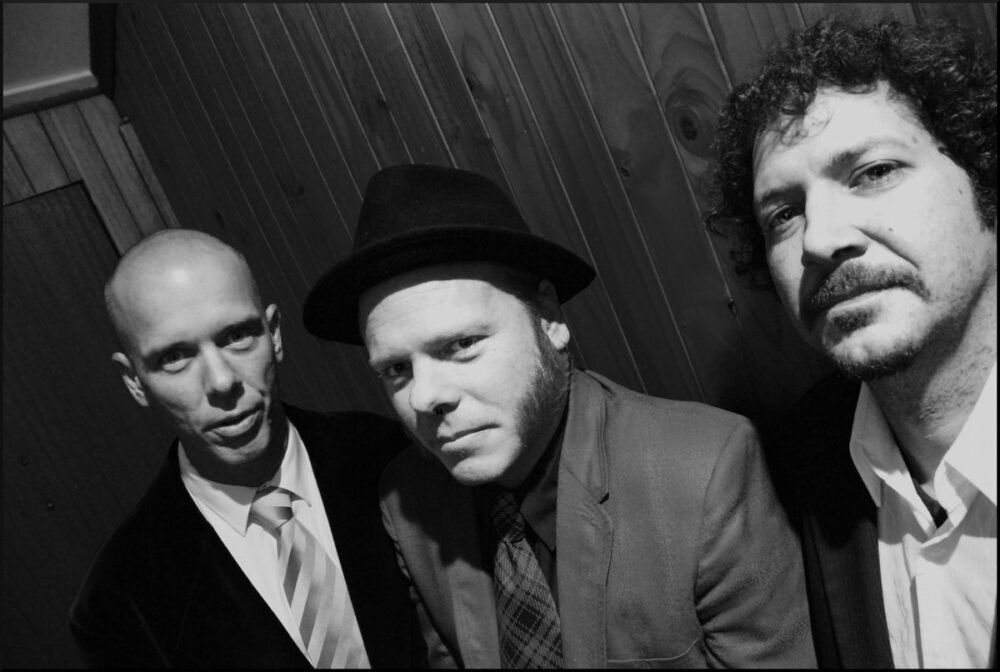
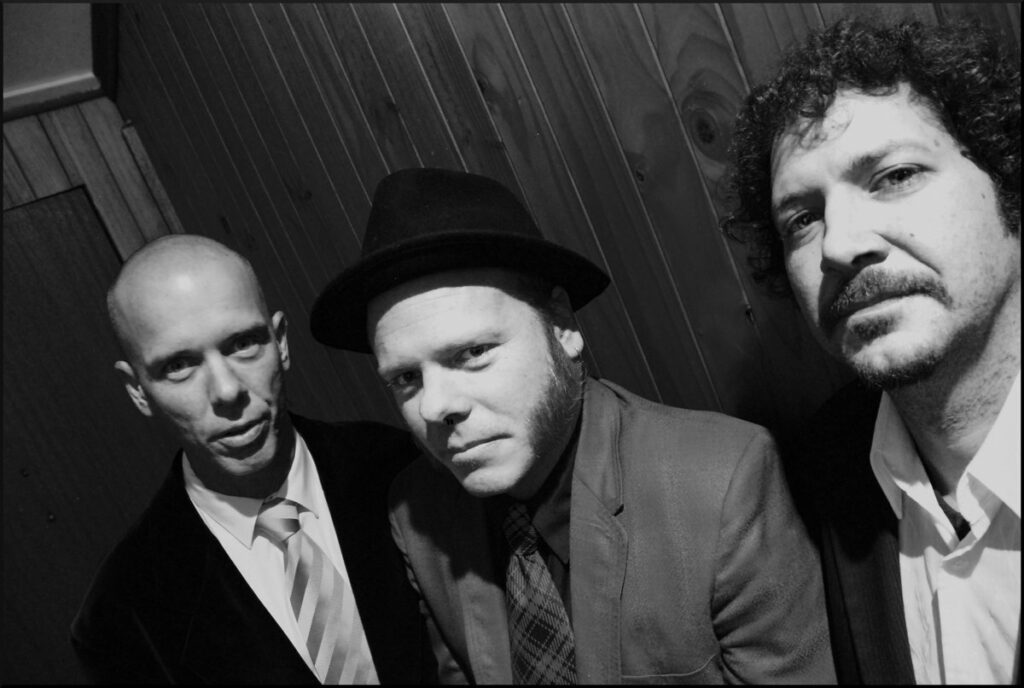
This week for Playing Melbourne, we’re taking a detour up the East Coast of Australia to Queensland, where 3-piece band The Disgruntled Taxpayers are based in the capital city, Brisbane. We’re taking this long, humid and scenic trip because a couple of weeks ago, my beloved Melbourne community radio station 3RRR played “Fried Chicken Gave Me Boobs,” which laments the consequences of hormone-pumped poultry resulting in some alarming (ahem) developments. Before you write this off as boys-making-jokes à la Weird Al Yankovich novelty, hear me out. The track is wiry, angular, dynamic and a deprecatingly modern political protest.
At first, I’d wondered: was this an obscure Iggy Pop song I’ve never heard, or some amazing relic of the ’70s punk scene? In fact, the Disgruntled Taxpayers formed just over 12 years ago in Brisbane, their sound and energy that of three musicians who are thoroughly comfortable and attuned to each other. Not a relic, but a living, raging, rocking beast of an act that channels the best of The Stooges or The Ramones along with the hilariously sardonic political commentary of Melbourne’s own Snog.
Jake Donehue fronts the band on vocals and guitars, older brother Paul Donehue is on drums and Mark Heady tears up the atmosphere on bass. “Fried Chicken” features on their most recent EP, $5 Toaster, which came out in 2018. It followed up their 2014 debut, Over-ambitious, Selfish Corporate Whore; both offer biting, off-the-cuff observations on the absurd.
“I’ve got a book of thoughts,” Jake Donehue explains. “The best songs are the ones that fall out of you in 15 minutes flat. We jam as a band, we’ve got a good little set up where we rehearse, experiment a lot, and so a lot of the songs and riffs come out of that. The world’s such a ridiculous place – it just keeps on giving, so we’ll never run out of material.”
That includes new songs the band has “banked up and ready to go” for their next album, which they intend to release in mid to late 2021. “We’re excited about playing new material. It’s gonna be even more stupid than the last one,” Donehue warns. “But, before we record the album, we want to get gigs in and be match ready. I think we fill a void. I’ve tried writing serious songs, it doesn’t work.”
What does work is the sardonic humour of songs like “Crabs Are Much Better When They’re at the Beach” which lampoons a sexually transmitted disease while also celebrating the little seaside creatures that “entertain your kids.” Or “Insecure Men,” with its crunchy guitar riffs and throaty refrain: “Look at my clothes and look at my car!”
The band gigs in Brisbane, northern New South Wales and Queensland towns, like Toowoomba (“always fun”), Lismore, and Ipswich (“we’ve got a little following out there, which is cool”). Currently, the border restrictions due to a recent COVID-19 outbreak in northern New South Wales has ensured no artists are doing interstate gigs without extensive applications, testing and quarantining; thus, the trio have been gigging significantly less than usual. Perhaps the only thing to do is to listen to $5 Toaster and have a laugh.
“You either laugh or you cry, don’t you?” Donehue suggests.
The band had played a “stinking hot” gig in Brisbane the night before our interview though, so as stifling as the restrictions are, they’re not a total impediment to live music in Queensland. “People are a bit sketchy going out. It’s good we’re still rolling, but it’s frustrating 30,000 people can go to a footy game but there’s only 50 people in a gig,” Donehue says. “Considering there’s no international bands here for a while, it’s good for Aussie bands at the moment, so we’re taking advantage of that. Last night, it was 50 people maximum and everyone sat down.”
It’s no surprise to learn that the Disgruntled Taxpayers are fans of Australian punk bands formed in the 1980s, typified by Radio Birdman, Hard-Ons and The Meanies. “We’re all big Midnight Oil fans, early Midnight Oil,” says Donehue. “Our bass player ran away from home as a teenager to follow them on tour, actually! We used to sneak into gigs as teenagers, like Cosmic Psychos, The Celibate Rifles and all that sort of stuff. I was also into jazz, though. Mark is more into heavier stuff whereas Paul is more into world music. We don’t want to be constricted by genre, ever.”
Donehue’s punk rock ethos dictates that he doesn’t seek to please everyone, not even fans. It’s an approach that has, however improbably, attracted a broad and loyal fan base. “We’ve got a lot of young people in their late teens who like us. I’m mid-40s and there’s a lot of people my age as well,” admits Donehue. “The Brisbane music scene is really inclusive. I lived in Sydney during my 20s and it’s a lot more cliquey, and Melbourne can be a little like that, but up here it’s too hot to be fashionable. Everyone is welcome. A lot of people come to cheer up. If that’s what I can do for the world, then so be it.”
The Disgruntled Taxpayers, with their bank of new material and enough gigs to keep them “match ready,” plan to record their next LP with Jeff Lovejoy at his Blackbox Recording Studios. “Once we start it, it will be a pretty quick process, a couple of months,” Donehue predicts. Lovejoy is a great asset to have on board, having worked in both engineering and production for Powderfinger, Shutterspeed, Wolfmother and Black Mustang amongst other notable Australian bands.
Despite their larrikin image, Donehue says band affairs are mostly a wholesome endeavor. “I don’t think we’ve ever had a fight,” he says, adding that his bandmates are “both family men, so they’ve got that going on as well. There’s not much rock ‘n’ roll going on. I have to make it up for the other two – it’s ridiculous!”
Follow The Disgruntled Taxpayers on Facebook for ongoing updates.

